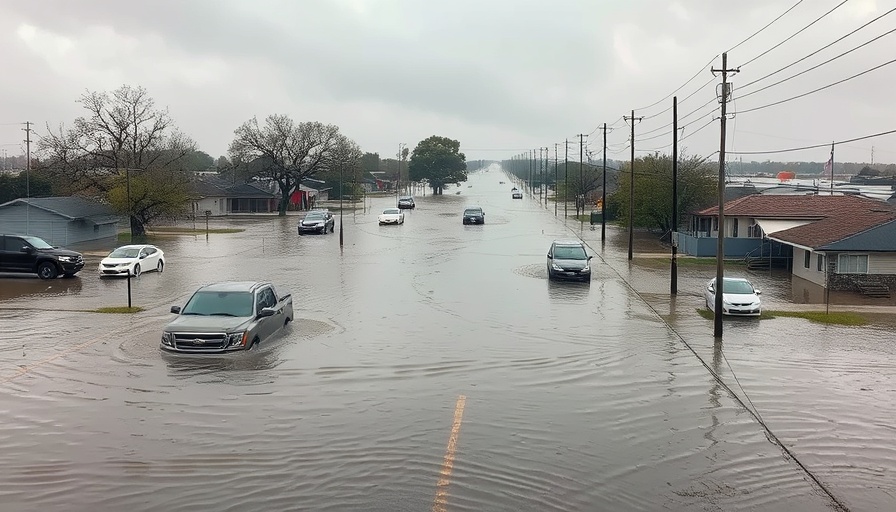
Understanding the Scale of the Tragedy
The recent floods in Texas have been catastrophic, resulting in over 100 confirmed fatalities and an even higher number of missing persons. The heavy rains that led to this tragedy began earlier in the week, overwhelming the state's infrastructure, causing rivers to overflow, and prompting widespread evacuations. Emergency services have been working tirelessly to rescue those stranded and provide aid to impacted communities, even as the weather conditions start to improve.
The Human Toll and Community Response
As rescue efforts continue, communities have come together to support each other. Local shelters have opened their doors to those displaced, offering food, clothing, and a safe space to regroup. Social media has also played a crucial role, with residents posting updates and offering assistance to those looking for loved ones. This strong sense of community illustrates the resilience of Texans in the face of tragedy.
Historical Context of Flooding in Texas
Flooding is not an unusual occurrence in Texas, with the state experiencing severe weather patterns in the past. Historical records show that hurricanes and rains have drastically impacted local infrastructures and economies. Over the years, many communities have implemented better flood-control measures; however, this latest event raises questions about the effectiveness of such measures during extreme conditions.
Future Predictions for Texas Weather Patterns
Climate experts warn that events like the recent floods may become more frequent due to climate change. With the growing unpredictability of weather patterns, Texas may need to rethink its approach to disaster preparedness and response. Implementing longer-term solutions such as improved drainage systems and better land management could help mitigate the effects of future floods.
Lessons Learned: What Can be Improved?
This tragedy emphasizes the importance of having solid emergency plans in place. Local governments must ensure that residents are educated about evacuation routes and emergency services availability. Infrastructure improvements should also be prioritized, focusing on resilience against severe weather events. These steps are crucial for ensuring the safety and security of communities.
Calls for Action and Future Preparedness
In light of the devastation, community leaders are urging state and federal officials to come together and reassess disaster response strategies. Increased funding for emergency services and proactive infrastructure measures could offer greater security moving forward. It is essential for policymakers to listen to the voices of the affected communities and prioritize initiatives that save lives in the future.
 Add Element
Add Element  Add Row
Add Row 



 Add Row
Add Row  Add
Add 


Write A Comment